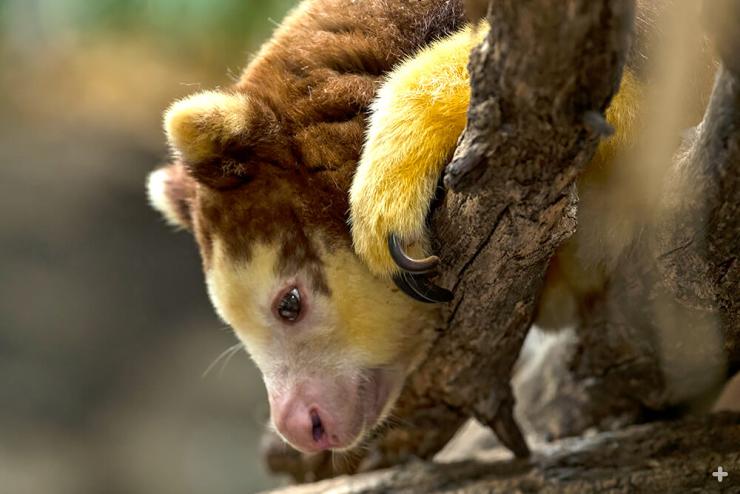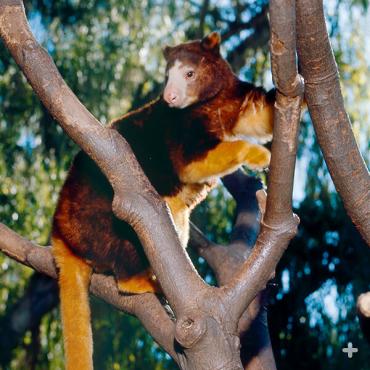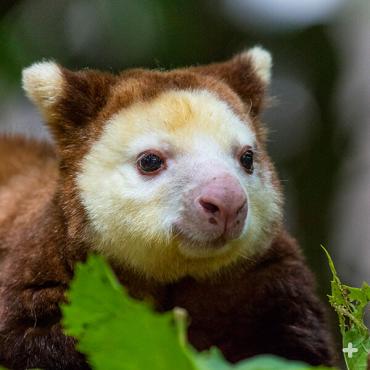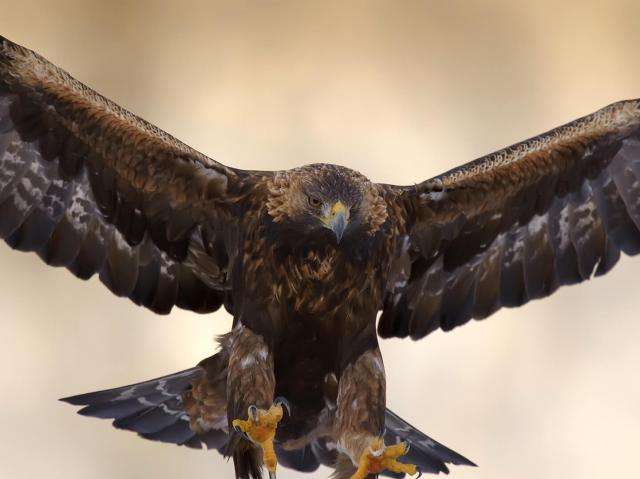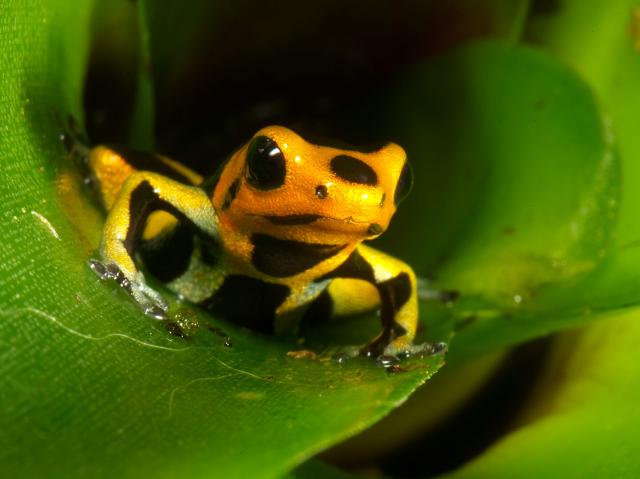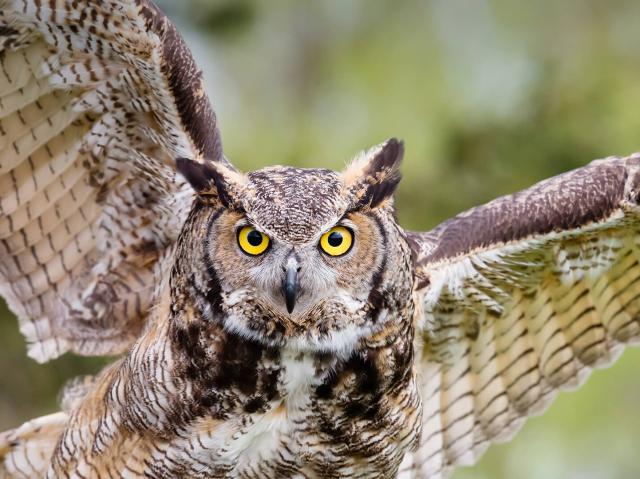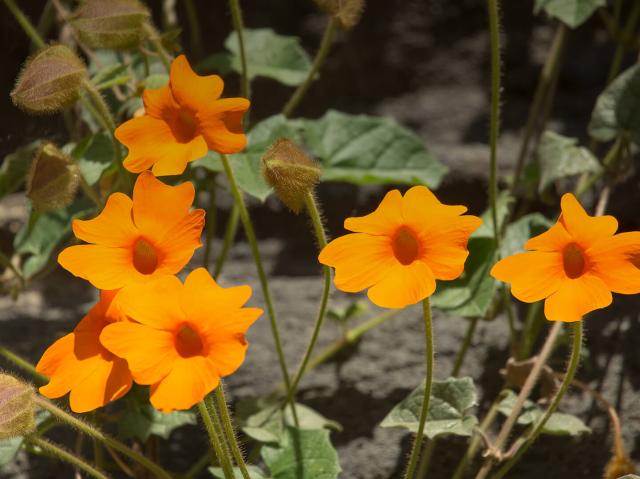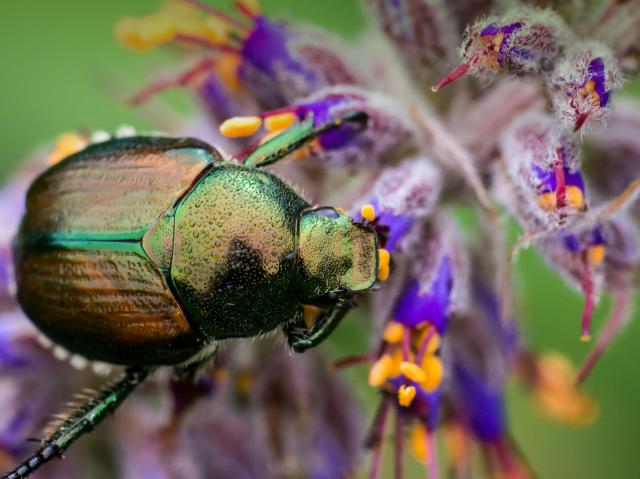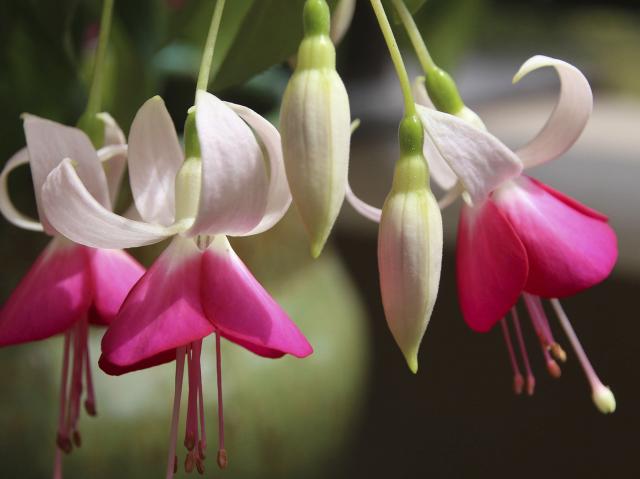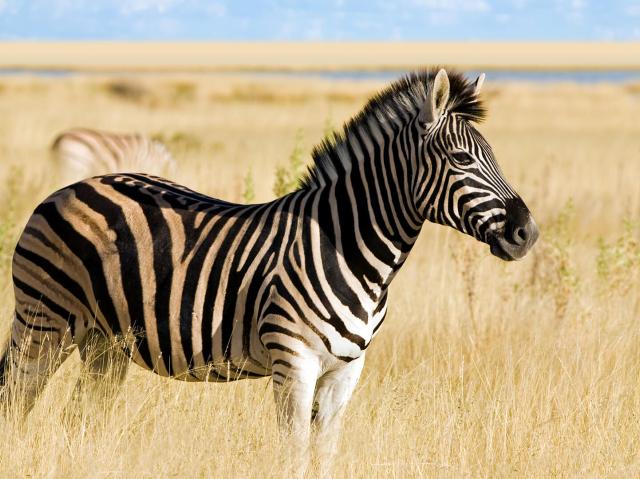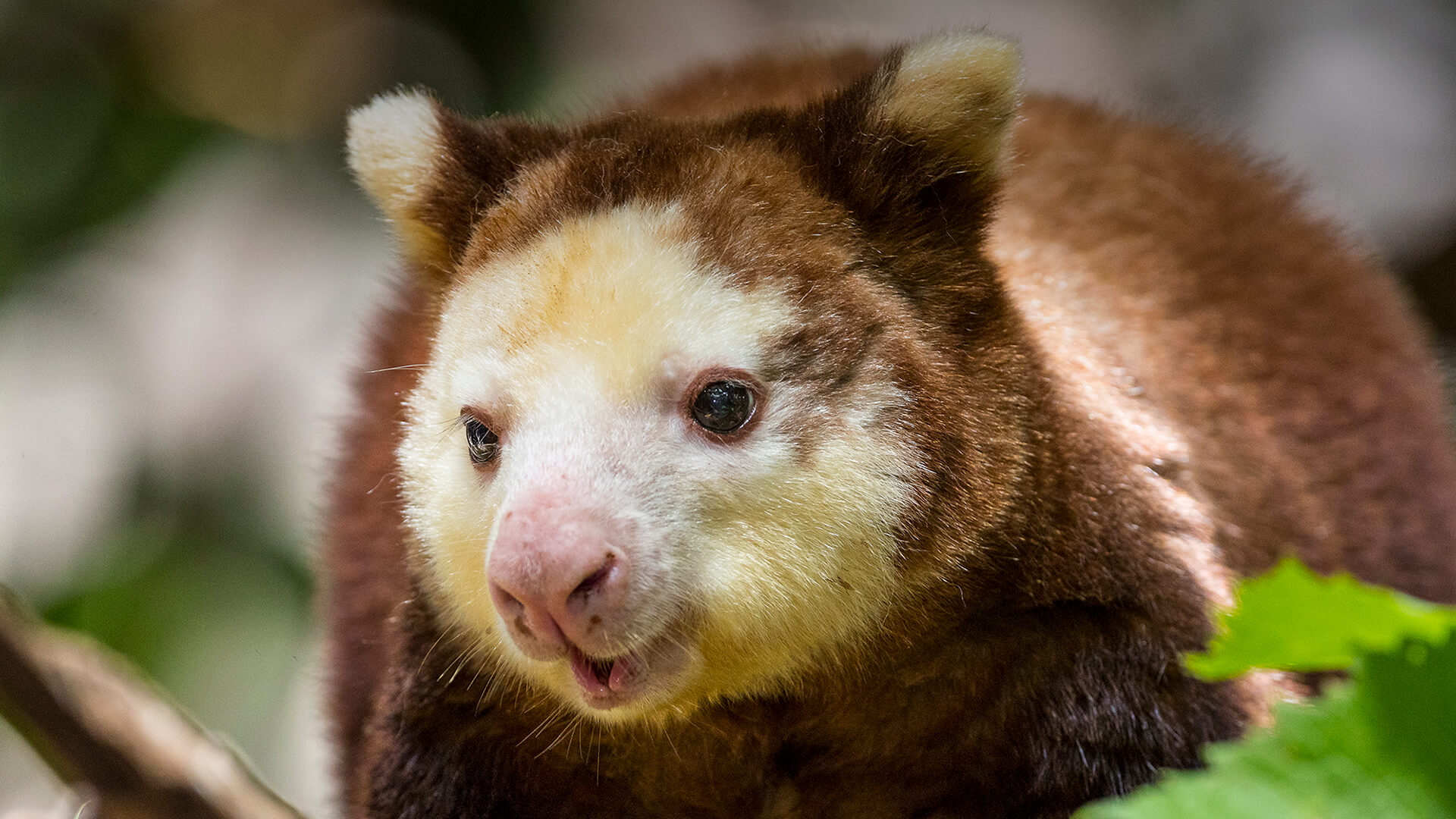
Matschie's Tree Kangaroo

- Class: Mammalia
- Order: Diprotodontia
- Family: Macropodidae
- Genus: Dendrolagus
- Species: matschiei

ABOUT
In forests of towering trees covered in moss and ferns, lives this elusive and remarkable tree kangaroo. Locals call them “ghosts of the forest” because they are so hard to find and move so quickly. They are clearly well adapted for life in the trees, with long, bark-gripping claws, strong limbs for climbing, and a long tail for balance. These are good traits to have for a species that spends most of its time 100 feet or more above the ground, nibbling ferns and orchids and looking out at dizzying views over the forest canopy.

With powerful limbs and a long tail, Matschie’s tree kangaroos are adapted for climbing trees. Topping out at around 22 pounds, Matschie’s may not rival their bigger brethren like western gray kangaroos in size (those ‘roos can weigh up to 120 pounds), but these mighty little mammals are adaptable, finding food both in tree canopies and on the ground.
Matschie’s tree kangaroos have thick, dense fur that is reddish-mahogany on their backs, with a dark stripe down their spine. Their limbs, feet, and ear tips are yellow, and their faces are white or cream color. A Matschie’s tree kangaroo’s coat helps it in two ways: its fur is thick enough to insulate a tree kangaroo against damp weather, and its coloring camouflages for protection against predators.
Stocky in build, a Matchsie's tree kangaroo has muscular forelimbs that are approximately the same length as its hind legs. They have long, sharp claws on both front and hind feet that help them climb trees with ease. Patches of roughened skin also help with gripping. Of all tree kangaroos Dendrolagus, Matschie’s tree kangaroos are considered the best vertical climbers.
HABITAT AND DIET
Matschie’s tree kangaroos have a tiny home range—the Huon Peninsula of New Guinea. (They're also called Huon tree kangaroos.) Spending most of their time in trees, Matschie’s tree kangaroos are solitary, living in mid-montane to upper-montane cloud forests at elevations of up to 11,000 feet. On the ground, tree kangaroos sometimes seem slow and uncoordinated, but in the trees, they are bold and agile.
Despite their climbing and jumping abilities, tree kangaroos sleep 60 percent of the time, curling up in whatever tree they happen to be in. Matschie’s tree kangaroos are solitary, basically ignoring one another even when sharing the same tree. Females do not share territories. Territory size of females averages 4.5 acres (1.8 hectares), while males claim overlapping territories of 11 acres (4.5 hectares). Larger territories increase breeding opportunities for males.
Matschie’s tree kangaroos are folivorous, mainly eating leaves from a variety of forest trees, vines, ferns, orchids, shrubs, and herbs. They might supplement this diet with small amounts of fruit and flowers, tender grasses, and even tree bark.
FAMILY LIFE
Solitary in nature, Matschie's tree kangaroos only come together to mate. Having no defined mating season, females go into estrus (or "heat") every 51 to 79 days. When, following a gestation of approximately 40 to 45 days (the longest of any known marsupial), a tiny joey is born, it climbs into its mother's pouch and finds a nipple to latch onto.
Female Matschie’s tree kangaroos carry their joey in their pouch for 8 to 10 months; but even after a joey leaves its mother's pouch, it may return to nurse for up to 2 months afterward. Then, it’s off to make its own home.
Even though Matschie’s tree kangaroos are quiet by nature, they still manage to get their point across. They communicate via visual display, touch, some vocalization, and, most importantly, scent-marking.
CONSERVATION
Conservation scientists estimate that less than 2,500 adult Matschie’s tree kangaroos remain in their native habitats, and their populations continue to decline. Sadly, people still hunt them for food and trade. Habitat loss as a result of expanding agriculture further threatens their populations. Fortunately, a conservation program began in 1996, and as part of the program, a conservation area was established to help protect their habitat.
By joining San Diego Zoo Wildlife Alliance as an ally for wildlife, you help save species worldwide.
LIFE SPAN
About 12 years on average
YOUNG
Gestation: 44 days
Number of young: One offspring, called a joey
Size at birth: about 1 inch (2.5 centimeters)
Maturity: 2 to 2.5 years old
SIZE
Males are about 26 inches (66 centimeters) long, plus a tail nearly equal to body length. Females are slightly smaller.
FUN FACTS
Jump to it! Matschie’s tree kangaroos can leap 60 feet to the ground without injury.
Curly whorls on a tree kangaroo’s back let water run right off.


